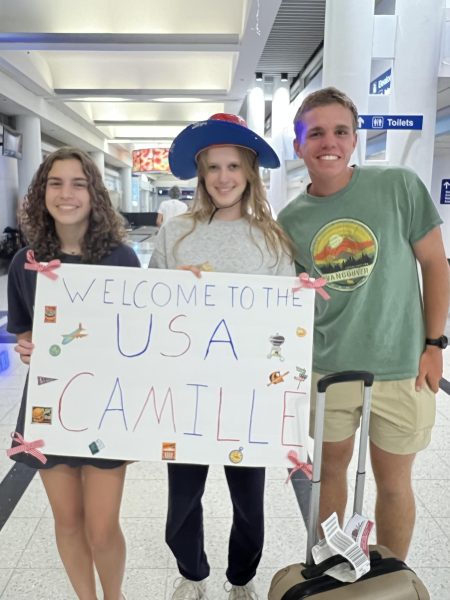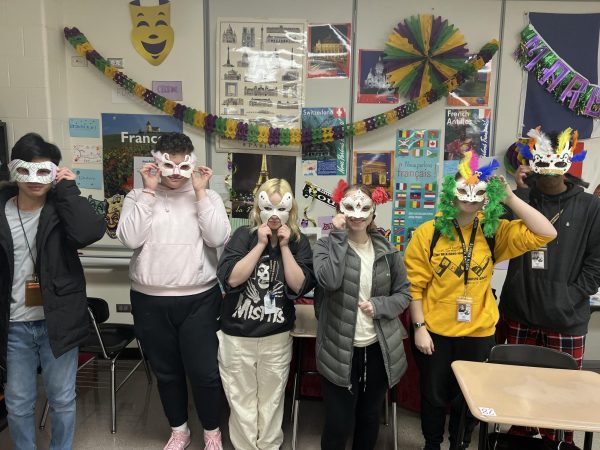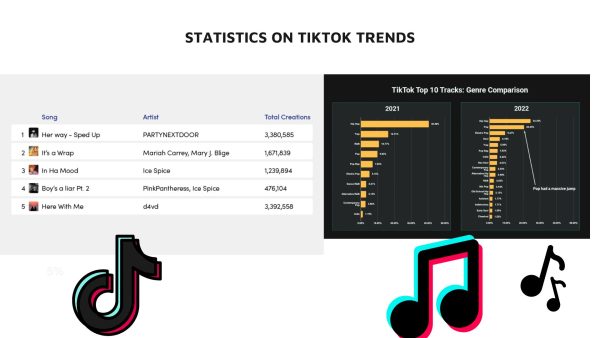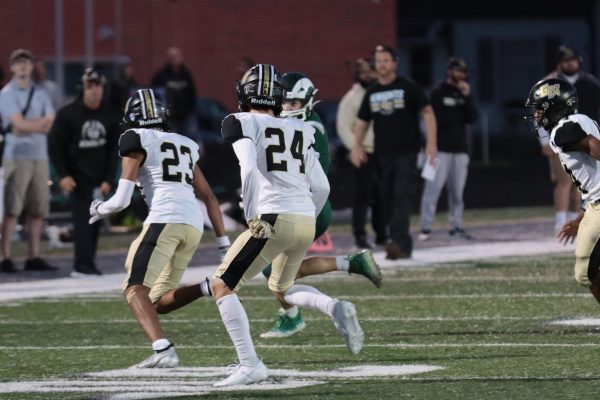Battle Royale: The Good and The Bad
Taking over rapidly during the year of 2017, battle royale style shooters have dominated the mainstream gaming scene. The genre’s two most profilictic competitors, “Player Unknown’s Battlegrounds” (stylized as PUBG) and “Fortnite: Battle Royale” have become the “Halo” vs “Call of Duty” within the gaming world. In addition, the genre has spread to the humble flash-game platform, which students can play at school. So why has the genre spread like wildfire in the last year?
“I think it’s popular because friends can get together, mess around, and have fun,” said senior Logan Perhacs. “You can either be serious or just goof around.”
For those that are unfamiliar with the definition of a battle royale, imagine a 100 player free-for-all spread across a large landmass. As the match progresses, a circle closes in on the map which terminates players outside its radius. Players are forced to converge onto specific regions of the map while fighting and gathering resources until the circle inevitably closes in on a very small section until one player remains. When comparing the two most popular battle royales, gamers praise “Fortnite” for its superior optimization and for being free, while “PUBG” players prefer a more realistic approach to the genre, since “Fortnite” features cartoony art style, physics, and a building feature which players use in real-time to outmaneuver their opponents in a firefight. The battle royale concept has been defined by numerous books and movies, most famously “The Hunger Games,” yet was only covered recently by a small few games. Why has it taken so long for games like this to start appearing? The answer lies within the Triple-A game studios, who assumed gamers would not enjoy spending extended periods of time running across the large, often barren map to eventually encounter other players. While recent precedent has defied this assumption, there are plenty of gamers who share this sentiment.
“I don’t think battle royale games are fun because half of the players die in the first two minutes of the game, yet the game lasts like 15 minutes, and it makes the PvP not very fu,” said avid gamer senior Zach Monahan. “I think it’s popular because people like it when they win a 100 player free-for-all.”
Between the two games lies an unusual alternative:
“Surviv.io”, playable in school, the game has become infamous amongst teachers. Played notoriously in classrooms and school libraries, the game uses a simplified formula of the battle royale genre and can be played on any internet browser. In recent months, the school library has become an arcade for battle royale fans and gamers alike, as the library provides access to the game, so as long as gamers do not disrupt other students.
“I do not have any specific policy on playing the game in the library. My only concern is that people who are playing games do it quietly so the students who actually have homework can work,” affirmed Mrs. Karabush. “Something that bothered me was the day of the walk out; there were a dozen students here playing the game straight through the walk out, and that bothered me.”






